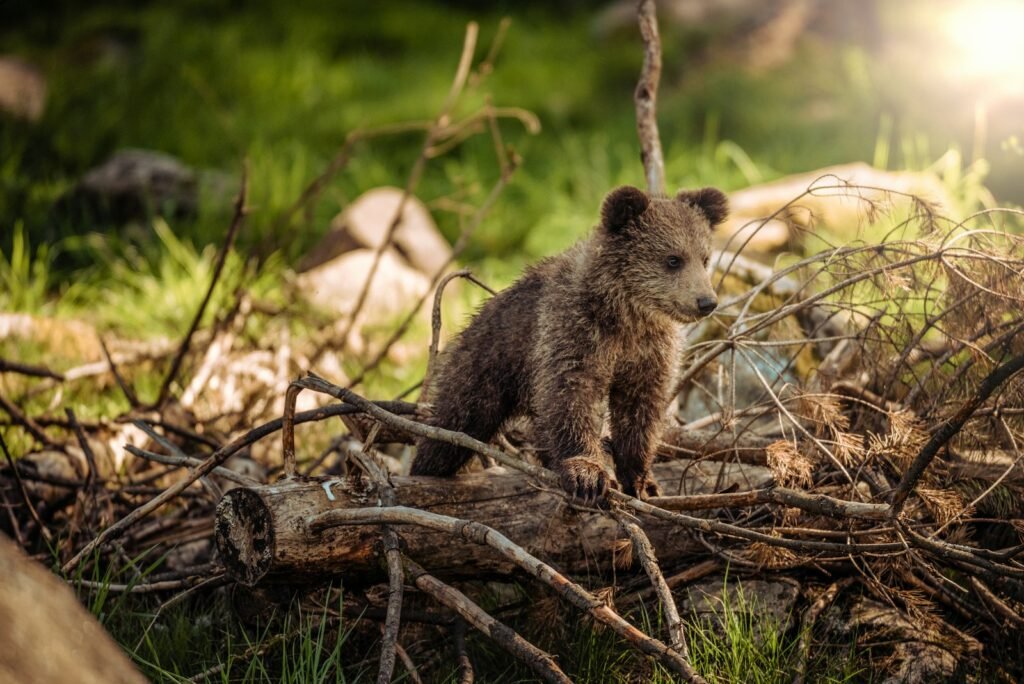Researchers have found a way to turn an unlikely waste product, human urine, into a high-value material for medical implants, construction, and even archaeology. This sounds like something out of science fiction. A team at the University of California, Irvine, is in charge of this new idea, which is funded by the U.S. military’s Defense Advanced Research Projects Agency (DARPA). It uses genetically modified yeast to turn urine into hydroxyapatite, the same mineral that makes up our bones and teeth. What does this mean? A long-lasting, low-cost answer to bone grafts, dental implants, and even eco-friendly plastics, all while cleaning up wastewater pollution.
The Science Behind “Osteo Yeast”: Mimicking Nature’s Bone Builders
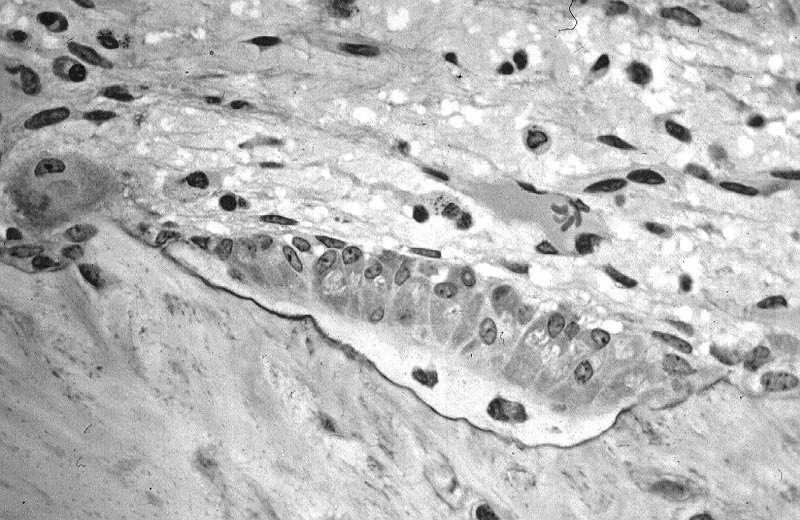
This finding interests us because of the tropical fruit-associated yeast called Saccharomyces boulardii. This particular yeast was genetically altered to create ‘osteo yeast’ which imitates the activity of osteoblasts in human cells that produces hydroxyapatite naturally.
Unlike short-living osteoblasts that are hard to cultivate, osteo yeasts grow well in large fermentation vats where they utilize urea (found in large amounts in urine) to lower pH levels. This leads to the capture of calcium and phosphate ions resulting in the formation of amorphous calcium phosphate in the yeast cells. The yeast secretes this material within hours which crystallizes into pure hydroxyapatite. Up to 1 gram of hydroxyapatite can be obtained for every liter of urine within a day.
A Win-Win for the Environment and Medicine
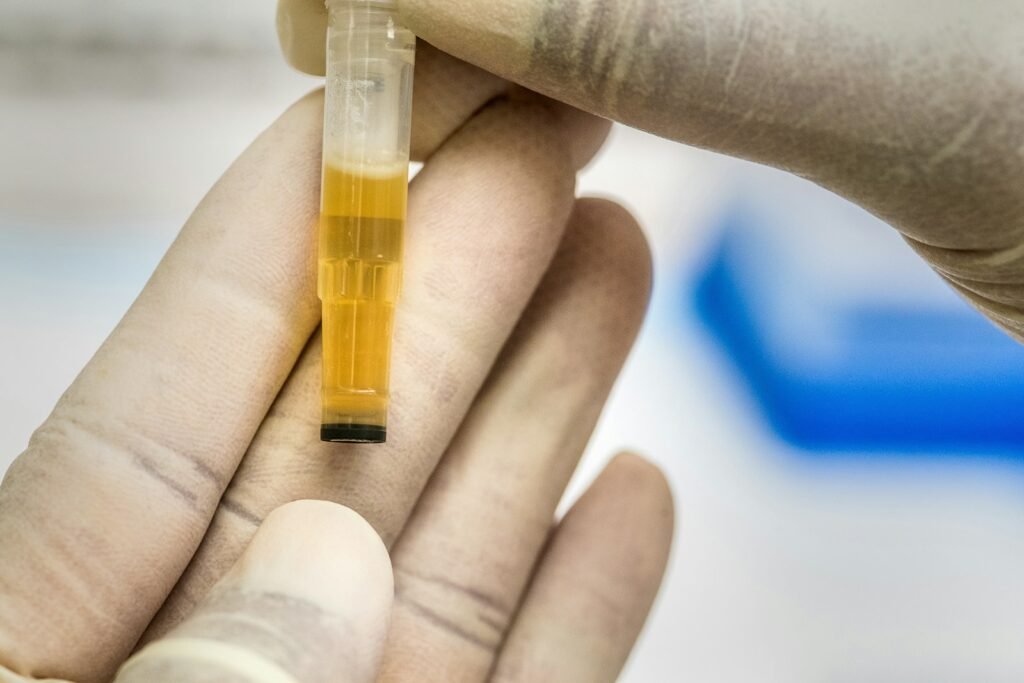
Urine is widely regarded as a pollutant because it contains high levels of nitrogen and phosphorus, which encourages dangerous algal blooms in water bodies. Osteo yeast helps solve this issue by offering a two-pronged approach.
- Pollution Mitigation: Traditional wastewater treatment facilities have all but failed in their attempts to separate these nutrients from the waste they’re coupled with. Osteo yeast neutralizes nitrogen whilst simultaneously extracting urea and phosphate, therefore preventing nutrient overload in ecosystems.
- High Value Output: Osteo yeast also turns urine into gold by monetizing it. TheOREI Hydroxyapatite which is used in bone transplants, dental fillings, and 3d printed tissue scaffolds has a projected value of $3.5 billion by the year 2030.
David Kisailus, co-author of the study went on record stating, “This process achieves two goals at once, cleaning wastewater and creating a commercially viable product”.
From Toilets to Tooth Replacements: The Medical Revolution
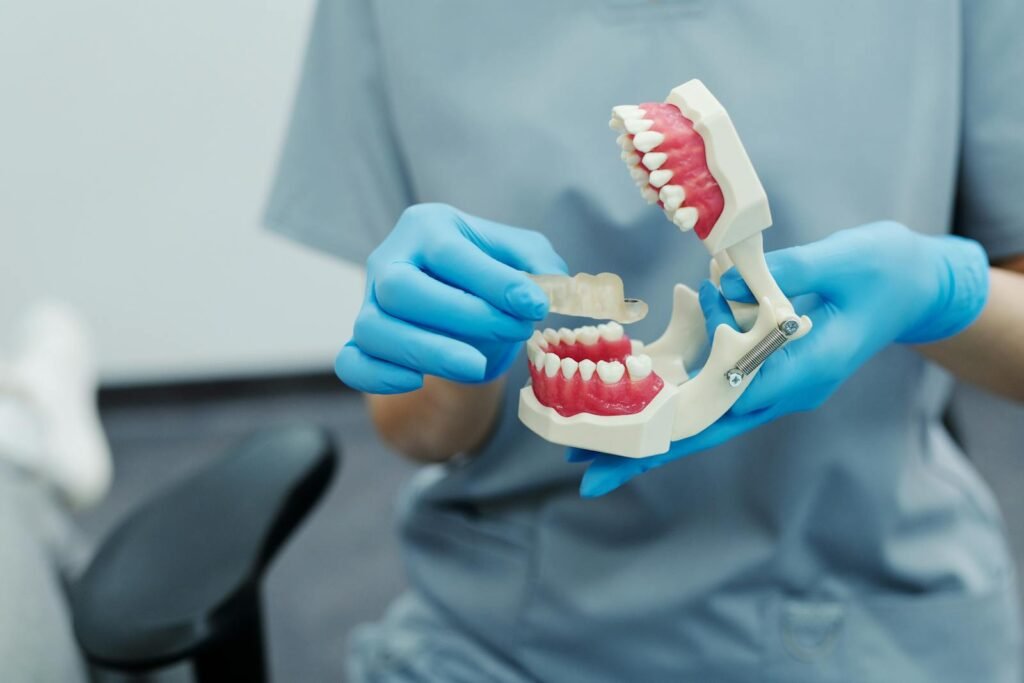
Because it is biocompatible and works well with human bone, hydroxyapatite is already a gold standard in medicine. But making things synthetically is expensive and often uses chemicals that are bad for you. Osteo Yeast-derived hydroxyapatite could lower costs and make it easier for more people to get it, especially in developing countries where implants are too expensive.
Early studies show that the material might be useful for:
- Bone grafts for people with cancer or trauma
- Restorative procedures and dental implants
- Scaffolds made with 3D printing that help new bones grow.
Beyond Medicine: Urine as a Construction Material?
There are more uses than just healthcare. Because hydroxyapatite is strong and light, it could be used for:
- Biodegradable plastics that make us less dependent on polymers made from oil
- Archaeological restoration fixes old bone artifacts without using synthetic glues.
- Building materials that are good for the environment could take the place of concrete additives.
Researchers are even looking into using it in energy storage devices because it is structurally stable.
Scaling Up: Beer Fermentation Meets Biotech
One of the most surprising things? The process can be scaled up just like making beer. The yeast ferments in vats that are kept at low temperatures, which doesn’t need much infrastructure. Kisailus says, “This is just as easy as making beer, which makes it possible for developing economies.”
The team is now making the system better for use in industry. They want to use it in 3D printing to make custom medical implants and building materials.
The Future: A Circular Economy for Human Waste?
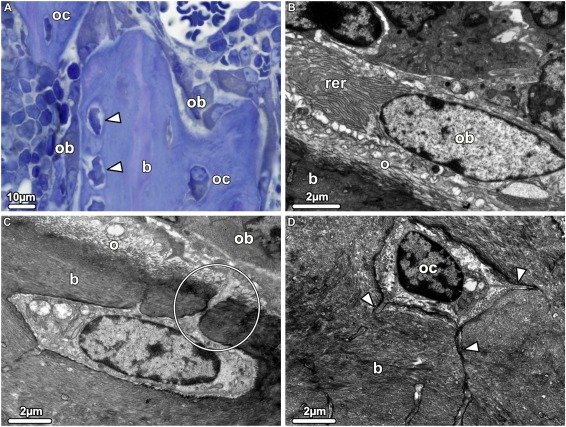
This new idea is part of a growing trend to see trash as a resource. Other projects are looking into fertilizers made from urine and even bio-bricks made from bacteria. If used on a large scale, osteo yeast could turn sewage plants into small factories that make medical-grade materials while cleaning up water supplies.
Ethical and Practical Challenges Ahead
There are still problems to solve, even while everything appears fine:
- Will people accept implants produced from urine?
- Government confirmation: Biomedical applications safer requires more stringent testing.
- Infrastructure: Some regions lack collection and treatment.
However, opportunities are vast. Kisailus poses, “What other waste streams could we use next?”
Conclusion: A Pee-Powered Future?
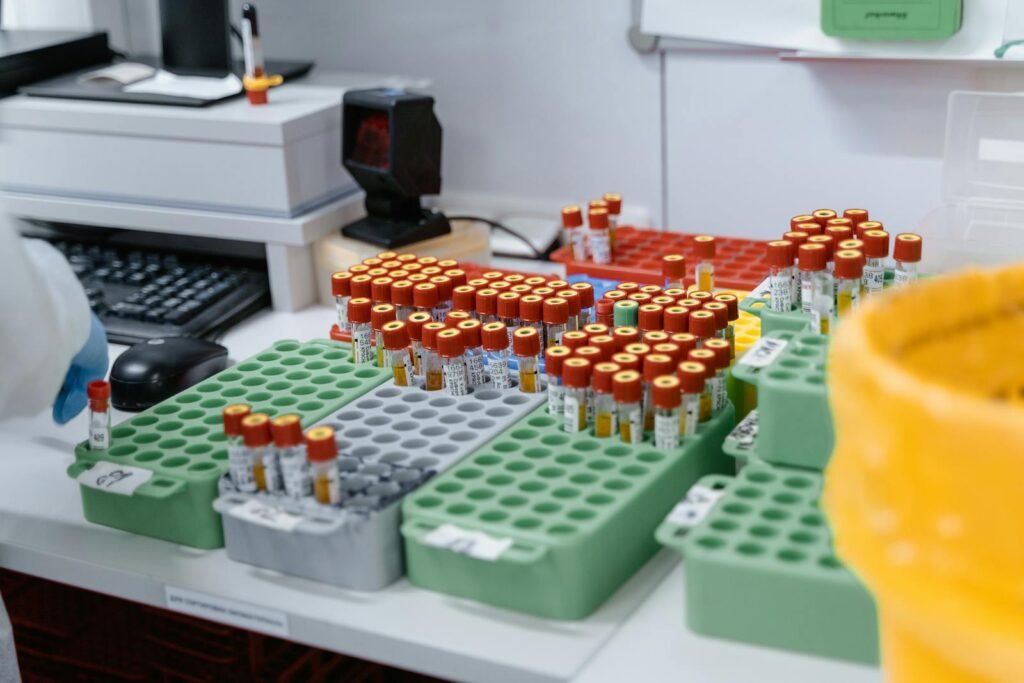
This discovery shows that even the most ignored trash can be very valuable. Researchers have turned a sanitation problem into a chance for medicine and industry by combining synthetic biology with environmental science. When you flush next, think about how your pee might one day help fix a broken bone or restore an artifact that is hundreds of years old. The future of recycling is here, and it’s happening right under our feet.
Sources:

Suhail Ahmed is a passionate digital professional and nature enthusiast with over 8 years of experience in content strategy, SEO, web development, and digital operations. Alongside his freelance journey, Suhail actively contributes to nature and wildlife platforms like Discover Wildlife, where he channels his curiosity for the planet into engaging, educational storytelling.
With a strong background in managing digital ecosystems — from ecommerce stores and WordPress websites to social media and automation — Suhail merges technical precision with creative insight. His content reflects a rare balance: SEO-friendly yet deeply human, data-informed yet emotionally resonant.
Driven by a love for discovery and storytelling, Suhail believes in using digital platforms to amplify causes that matter — especially those protecting Earth’s biodiversity and inspiring sustainable living. Whether he’s managing online projects or crafting wildlife content, his goal remains the same: to inform, inspire, and leave a positive digital footprint.


